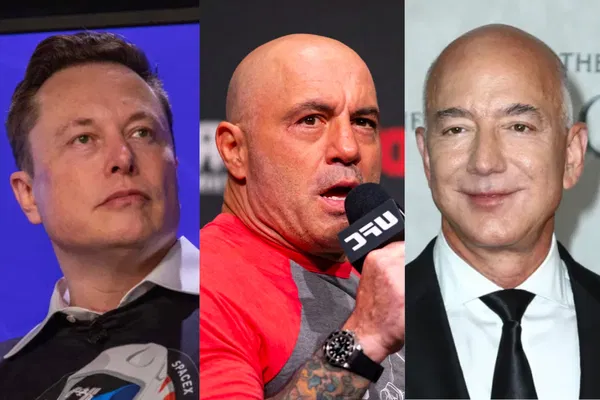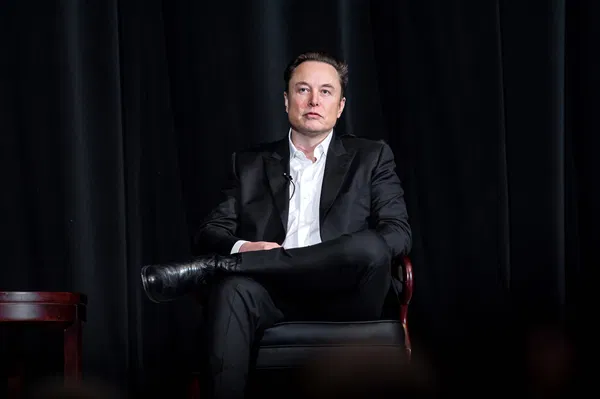
In the ongoing rivalry between Jeff Bezos’ Blue Origin and Elon Musk’s SpaceX—two companies with a combined value of around $280 billion—Joe Rogan offered a humorous but insightful metaphor: parachutes versus robot arms. During a recent podcast with comedian Tim Dillon, Rogan highlighted the contrasting approaches of the two aerospace giants. He poked fun at Blue Origin’s reliance on parachutes for rocket landings, comparing it to SpaceX’s high-tech use of robotic clamps and precision landings. According to Rogan, in an age where cutting-edge technology is revolutionizing spaceflight, Blue Origin’s methods appear outdated—like bringing a kite to a drone battle.
But beyond the jokes, Rogan used the discussion to underscore the inherent dangers of space travel. He described rockets as essentially “cannons filled with rocket fuel” that could explode at any moment, particularly during the critical launch phase. He emphasized the extreme temperatures, enormous thrust, and the fragile components—like O-rings and seals—that must all function flawlessly to prevent disaster, citing the infamous Challenger explosion as a stark reminder.

What makes the debate even more compelling is the philosophical difference between Bezos and Musk. Rogan pointed out that while Bezos leans toward a more cautious and traditional approach, Musk embraces failure as part of the process. When Dillon asked if Musk’s rockets could really explode, Rogan didn’t hesitate: “100%.” Musk himself has acknowledged that some test rockets will fail—and that’s by design. The goal is to discover the limits through failure and use that information to improve future designs.
This mindset has enabled SpaceX to lead the way in developing reusable rockets. Unlike Blue Origin, which relies on parachutes, SpaceX initially experimented with them but quickly shifted to a more ambitious solution. They developed a landing system that uses the rocket’s engines to guide it back down vertically—a highly complex maneuver likened to balancing a burning pencil on its tip after launching it into the sky.
That approach has paid off in some ways, as SpaceX has made reusability a new industry standard. But it also comes with setbacks. Each explosion or failed test slows progress and disrupts timelines. A clear example is Musk’s 2021 appearance on Rogan’s podcast, where he confidently predicted that SpaceX’s Starship would be carrying passengers within two years. The vision was grand: artists orbiting the Moon as part of the Dear Moon project, creating art inspired by views of Earth from space.
However, that timeline has not held. Starship has launched eight times since April 2023, with mixed results. Some rockets exploded mid-air, while others ran into trouble during descent. Even the most “successful” launches often skirted disaster, landing in the “it didn’t fail entirely” category. Although these missions demonstrate progress, they’ve yet to produce a fully reliable space taxi for civilians.
This doesn’t necessarily mean Musk was wrong. Rather, it highlights the unpredictable nature of space engineering. Unlike consumer products, rockets answer only to the laws of physics, not PR expectations. Each test—successful or not—adds to the knowledge base, moving SpaceX closer to its ambitious goals.
Ultimately, the divide between Bezos and Musk comes down to strategy: one favors caution and stability, the other thrives on risk and rapid iteration. Blue Origin moves deliberately with fewer surprises, while SpaceX pushes boundaries with bold engineering and a high tolerance for failure. It’s a gamble, but one Rogan suggests could be worth it in the long run. Despite delays and debris-strewn testing grounds, Musk’s explosive path may still pave the way to Mars—and possibly redefine the future of space travel.